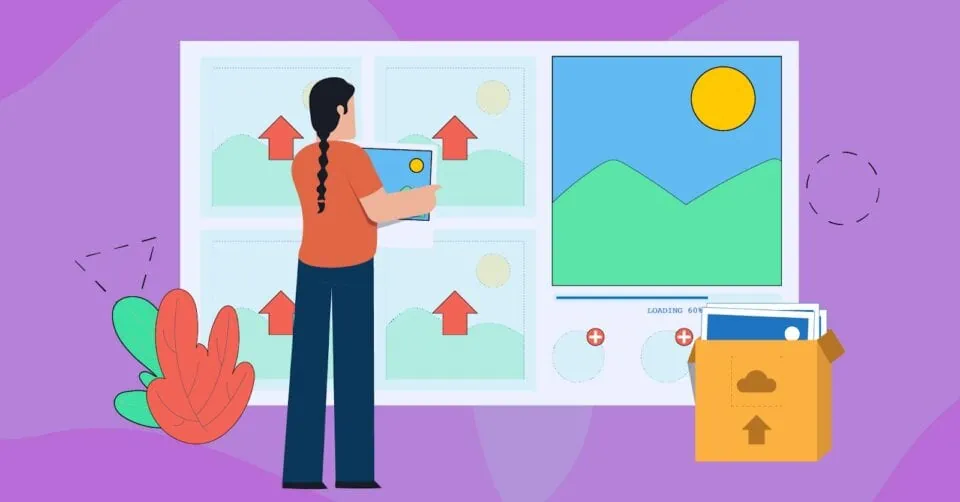Local SEO for Sports Equipment Stores: How to Win at Local Search
Last updated Nov. 17, 2024

Written by Iftekhar Chowdhury. In collaboration with oDeskStudio

Picture this: Sarah owns a small sports equipment store that sells everything from soccer balls to hiking gear. Her store is packed with high-quality products, but something was missing—customers.
Every time someone searched for “sports equipment near me,” big-box stores and online giants showed up first. That’s when Sarah turned to local SEO.
She optimized her Google Business Profile, created location-based content, and started ranking for terms like “basketball shoes in [City].” Now? Her shop is the go-to destination for athletes, weekend warriors, and parents shopping for their kids.
Want the same success? Here’s how to make local SEO work for your sports equipment store.
Why Local SEO Matters for Sports Equipment Stores

“Because Athletes Shop Local”
When people need sports gear, they often look for stores nearby. Whether it’s last-minute cleats before a game or a new set of tennis balls, local shoppers need fast solutions.
Key Benefits of Local SEO:
- Attract high-intent customers searching for specific sports gear.
- Compete with big-box retailers by focusing on your local market.
- Drive foot traffic to your store with optimized local search results.
Step 1 – Claim and Optimize Your Google Business Profile (GBP)
Make Your Store Stand Out on Google
Your GBP is the MVP of local SEO. Here’s how to set it up for success:
- Claim and verify your profile.
- Use a clear, engaging description like: “Your one-stop shop for sports gear, from soccer balls to running shoes, right here in [City].”
- Upload high-quality photos of your store, products, and even your team helping customers.
- Include accurate NAP information (Name, Address, Phone).
- Highlight services like “team equipment discounts” or “custom gear fittings.”
Pro Tip: Regularly post updates about new inventory, sales, or community events like local tournaments.
Step 2 – Optimize for Local Keywords
“Be the First Store They Find When They Need Gear Fast”
Use specific, location-based keywords to target local customers. Examples:
- “Baseball gloves in [City]”
- “Running shoes near [Neighborhood]”
- “Best sports store in [City]”
Where to Use These Keywords:
- On your website’s homepage and product pages.
- In blog posts or guides (e.g., “Top 5 Soccer Cleats for Kids in [City]”).
- In your Google Business Profile description.
Step 3 – Build Local Citations
Get Listed Everywhere That Matters
Citations are mentions of your store’s name, address, and phone number on other websites. They build your online presence and credibility.
How to Do It:
- List your store on platforms like Yelp, Angi, and niche directories for sports gear.
- Join community directories or partner with local sports clubs to feature your store.
- Check that your NAP information is consistent across all listings.
Step 4 – Get Reviews That Highlight Your Expertise
“Reviews Are Like Winning Points in the Local SEO Game”
Positive reviews are crucial for sports equipment stores because they build trust and attract more shoppers.
How to Get More Reviews:
- Ask customers to leave reviews after a purchase.
- Respond to all reviews, whether positive or negative, to show you care about customer feedback.
- Highlight specific reviews in your marketing (e.g., “Great customer service and quality soccer gear!”).
Step 5 – Create Content That Scores Big with Customers
Engage Customers with Valuable Content
Content marketing can drive local traffic to your site and store. Here’s what to create:
- Product Guides: “How to Choose the Right Tennis Racket for Beginners.”
- Local Sports Guides: “Best Hiking Trails in [City] and the Gear You’ll Need.”
- Seasonal Content: “Top Back-to-School Sports Equipment for 2024.”
Pro Tip: Add calls-to-action like “Visit our store in [City] to try these products today!”
Step 6 – Optimize Your Website for Local Shoppers
Your Website Should Drive In-Store Visits
Even if you don’t sell online, your website can still convert local traffic into customers.
Website Optimization Checklist:
- Add location-specific keywords to your homepage, product pages, and meta tags.
- Include a Google Maps embed on your Contact Us page.
- Make your site mobile-friendly for on-the-go shoppers.
- Showcase in-store promotions or exclusive offers.
Step 7 – Build Local Backlinks
Partnerships That Boost Your Rankings
Backlinks from trusted local sites can supercharge your SEO efforts.
How to Get Them:
- Sponsor local teams or tournaments and ask for a website mention.
- Collaborate with local influencers who review sports gear.
- Write guest posts for local blogs about fitness, sports, or outdoor activities.
Step 8 – Track, Tweak, and Win
SEO Success Takes Patience and Consistency
Use tools like Google Analytics and BrightLocal to monitor your performance. Look for:
- Increases in website traffic from local searches.
- Improvements in keyword rankings.
- Customer feedback trends from online reviews.
Final Thoughts: Dominate the Field with Local SEO
Your sports equipment store has what it takes to be the go-to spot for athletes, parents, and outdoor enthusiasts in your community. Local SEO is your secret weapon to make sure they find you first.
By optimizing your Google Business Profile, building citations, creating valuable content, and encouraging reviews, you’ll outplay big-box stores and build a loyal local customer base.
Start your local SEO journey today—and watch your store score big!
